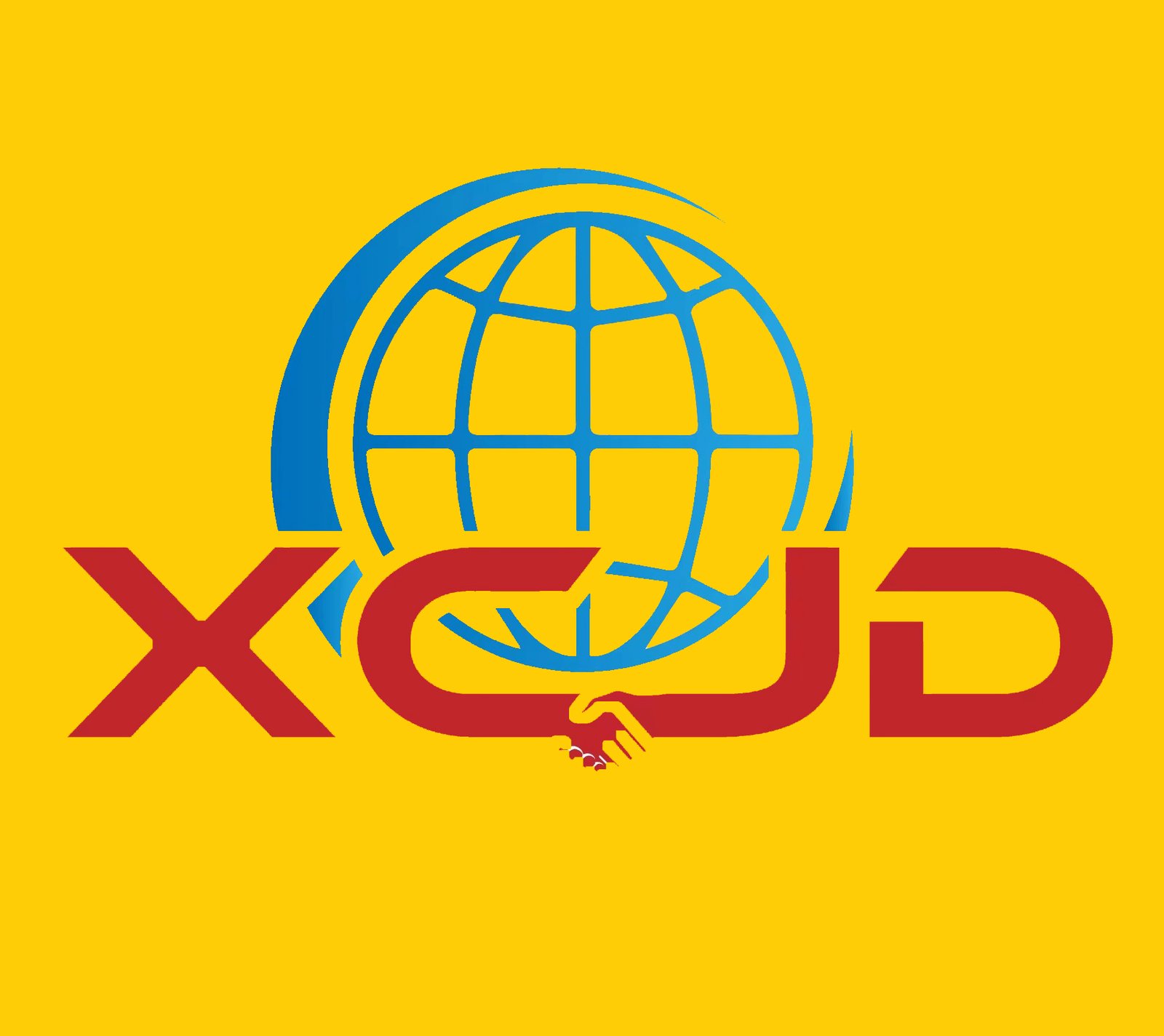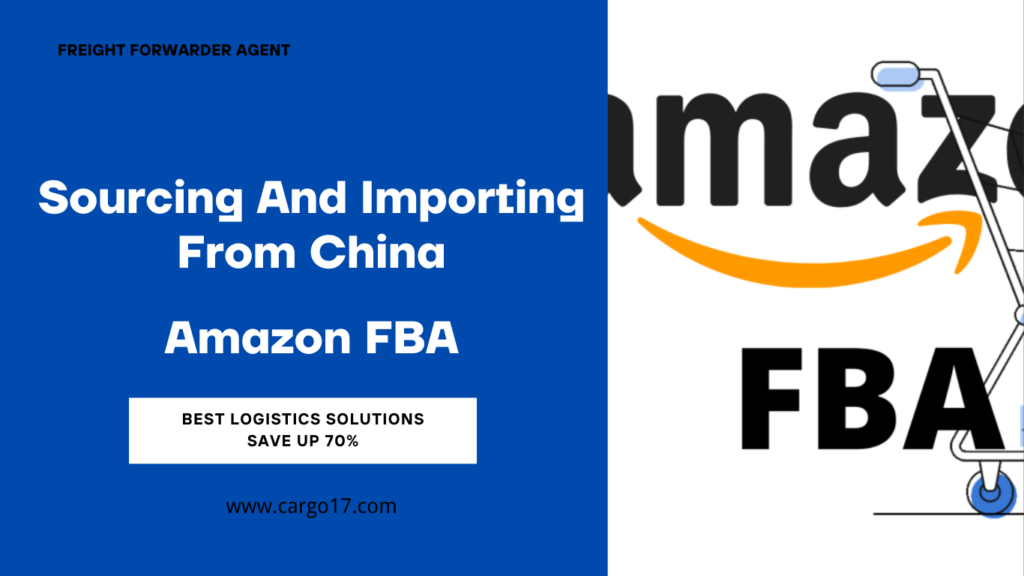What is the Amazon return rate? What are some ways to reduce Amazon’s return rate?
One of the biggest headaches for Amazon sellers is handling returns. While a certain number of returns are acceptable in some product categories, they can be costly. Therefore, sellers will want to try to reduce return rates.
What is Amazon Return Rate
Amazon return rate refers to how often Amazon customers return the products they ordered, usually calculated as a percentage. For example, if an Amazon seller has a return rate of 20%, it means that out of 100 products sold, 20 products are returned.
Amazon’s return rate calculations can be based on specific goals and criteria. Typically, return rates are calculated on a per-seller or per-product basis. This means Amazon can evaluate and track returns for specific sellers or products to more accurately understand how often returns occur, and handle and manage them accordingly. This differentiated calculation method helps to monitor returns in a more granular manner, allowing sellers and platforms to take more targeted measures to improve business performance.
A seller’s high return rate will draw Amazon’s attention and may affect its performance evaluation. Therefore, sellers need to prioritize reducing return rates to ensure smooth business on the Amazon platform.
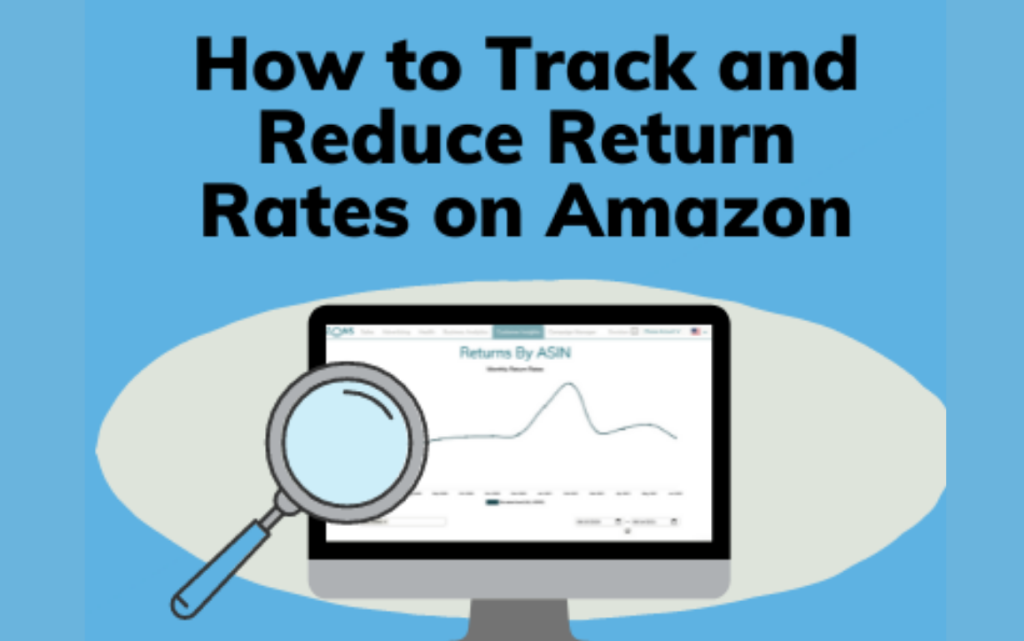
Why returns occur
This is really frustrating, but it’s a common situation. A buyer purchases your product and then returns it a few days later. No matter what you sell, from consumer electronics to fine jewelry, returns can always be an issue.
There are many reasons for product returns, ranging from buyer dissatisfaction to the buyer simply changing their mind. Sometimes products are damaged during shipping, or the wrong product may be sent.
And sometimes buyers may receive something they didn’t expect. For example, it could be a different size or material than they expected.
People can’t pick up and look at a product in person before buying it online. They cannot feel it, better understand its size, or understand its mass. They might see the main image, decide to buy, and then realize they made a mistake.
Your job is to make it as easy as possible for buyers to understand exactly what they’re buying while providing a great shopping experience that reduces returns.
The Impact of Amazon Returns
Product returns are not a good thing for any business, it’s like your sales and profits are reversed or eliminated. But it’s even worse on Amazon. If you run an independent website, it may not have much impact on you. On Amazon, you take a loss of business and a hit to your reputation and credibility.
Let’s look at how Amazon’s return rate affects your business:
- Lost sales opportunities
You might sell more than you expected, but returned products will definitely break the excitement.
- Reduce profits
Returned products also come with reduced profit margins. You might start out with some constructive ideas on how to leverage those profit margins, but after the product returns, that will change.
- Distraction and planning
Before you receive product returns, you may be focusing on a specific direction and planning to add more products to your portfolio. Returned products will distract from your focus and planning because they will become your top selling products.
- 4.Lost your Amazon badge opportunity
Amazon sellers are eager to obtain the Amazon badge for their products. Most buyers prefer to buy products with badges like “Bestseller” and “Amazon’s choice,” and every return takes your product further away from those badges.
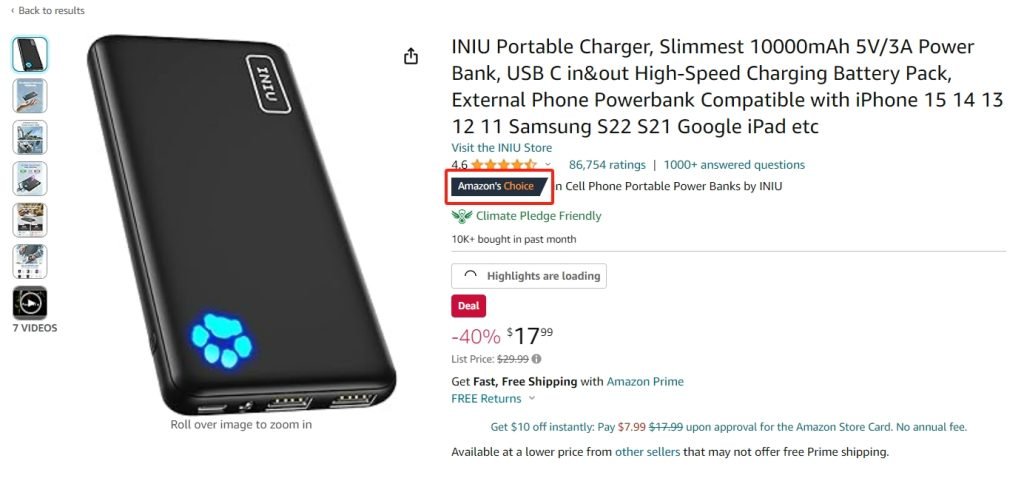
- Negative review
Amazon always encourages buyers to leave feedback or reviews after every purchase. If a buyer returns an item due to a problem, he may reflect negative feedback on your Amazon profile.
6.Seller rating
On Amazon, your ratings have a huge impact on your business prospects. It determines whether you will continue to get orders in the future, and it also determines the extent to which your products will be seen by Amazon buyers. Every product return will negatively impact your seller rating.
- Inventory issues
Returned merchandise will increase your inventory levels and increase your inventory and warehousing costs. Additionally, you may not have an action plan for these returned products.
- Damaged products
Just like products can be damaged in transit from your warehouse to your customer’s address, returned products can also be damaged on the way back. Such losses will also impact your business profitability.
- Slow-moving inventory
Returned products that are defective or otherwise defective will add to your slow-moving inventory. Not only will this slow-moving inventory stunt your investment, it will also increase your storage expenses.
- Decline in competitiveness
Your product return rate is very important in determining your position relative to your competitors. If your competitor’s return rate is lower than yours, his business is more likely to outpace yours in the long term.
- More customer service
Returning a product is not a single step. In most cases, the buyer contacts you first to discuss the problem and then ships the product if the problem is not resolved. Communication may continue until a replacement or refund is provided to the buyer.
- Reduced visibility in the Buy Box
As product returns reduce your performance score, your chances of visibility in the Buy Box dim with each product return. If you want your products to appear in the Buy Box more often, you have to reduce your product return rate.
What is the average return rate on Amazon?
While average Amazon return rates vary by category, they typically range from 5% to 15%. In some other categories, such as electronics, clothing and jewelry, return rates can reach 40%.
How to check your Amazon return rate
As an Amazon seller, you must have access to a section where you can view returned products. You can check your Amazon return rate by following the steps below.
- How to check your overall Amazon return rate
Log in to your Amazon Seller Central account.
Click on the “Reports” option.
Click on “Business Reports”.
Click on the “Performance” option. Here you will see the overall return rate for your Amazon store.
You can filter the data by selecting a date range.
- How to check your FBA return rate
If you run an Amazon FBA business, you can follow the steps below to check your return rate.
Log in to your Amazon Seller Central account.
Click on the “Reports” option.
Click the drop-down menu and select Fulfillment.
Click Customer Concessions and then FBA Customer Returns.
You can also “Generate Report” by selecting the desired date range.
- How to calculate your Amazon return rate
To calculate your Amazon return rate as a percentage, you need two things.
quantity of order
Return quantity
Amazon return rate = number of returns / number of orders
Assume that the total sales volume is 1,000 units, of which 100 units are returned.
Amazon return rate = 100 / 1000 = 0.1
To convert the result to a percentage, we need to multiply it by 100.
Amazon return rate = 0.1×100 = 10%
So, for this specific example, the Amazon return rate is 10%.
Product return rates may naturally vary from month to month. Amazon sellers often calculate their average monthly return rate to track performance.
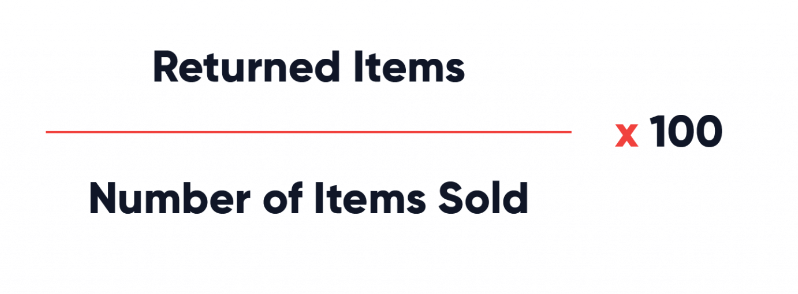
How to reduce Amazon return rates
Here are some suggestions:
- Improve product description
First, you need a detailed product description. One of the main reasons people return products is because they are disappointed with some aspect of the product. It may not be your fault at all, you just may not have explained it clearly.
For example, if someone receives a product that is larger or smaller than they thought, they may want to return it, even if you never claimed it was larger or smaller than it actually was. Size is just one detail you need to make clear in your product description. Other matters include size, materials and manufacturing location.
Don’t load your product description with nonsense. Make sure the product sounds appealing and include the necessary information using key product features. Make sure it is clear.
Remember, customers are taking a risk when they purchase. They trust you to deliver what they want because they can’t see the product in person. Make sure they know exactly what they are getting by creating detailed product descriptions.
- Use lots of images
Images also play an important role in reducing return rates. Remember, buyers can’t pick up and view your product in person, so give them the closest experience possible to the real thing. This means providing lots of pictures showing every angle of the product.
Make sure you clearly show what your product looks like so they can make an informed decision and avoid an unpleasant experience. Use detailed images and make sure they are large enough so customers can zoom in to see the details. This means the long side of the image should be at least 1,600 pixels. Show the product from multiple angles and show different versions if there are multiple colors or sizes available.
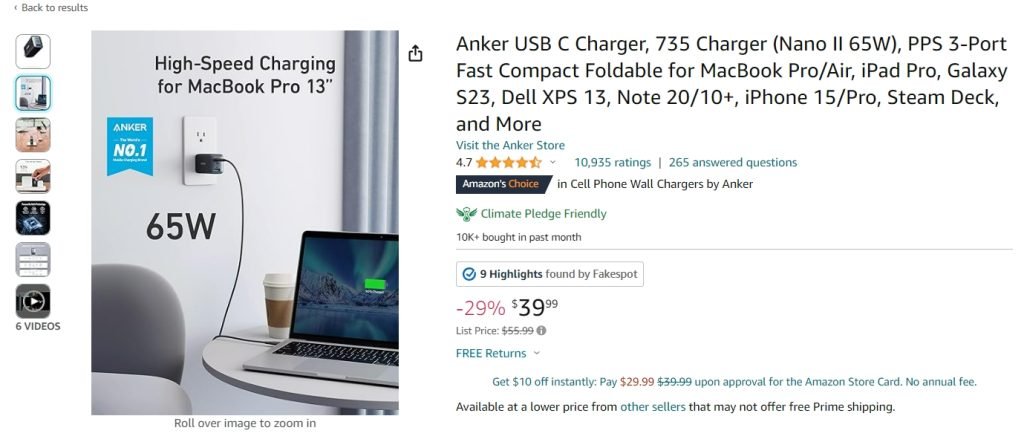
Show the product in use, such as by a person or animal. This makes it easier for them to imagine how to use it, and is an effective persuasion technique to employ when optimizing your listings.
You can also use 360-degree images, which is a great way to help customers understand the appearance of your product in more detail.
- Include product videos
Pictures are nice, but video could be more effective. Therefore, it might be a good idea to shoot a professional video to promote your product, which some people will find more useful and engaging. Likewise, they can better understand what the product looks like and how to use it, avoiding an unpleasant experience.
Showcase the product from all angles and explain how it works if necessary, just make sure to follow Amazon’s guidelines and make sure the information is accurate.
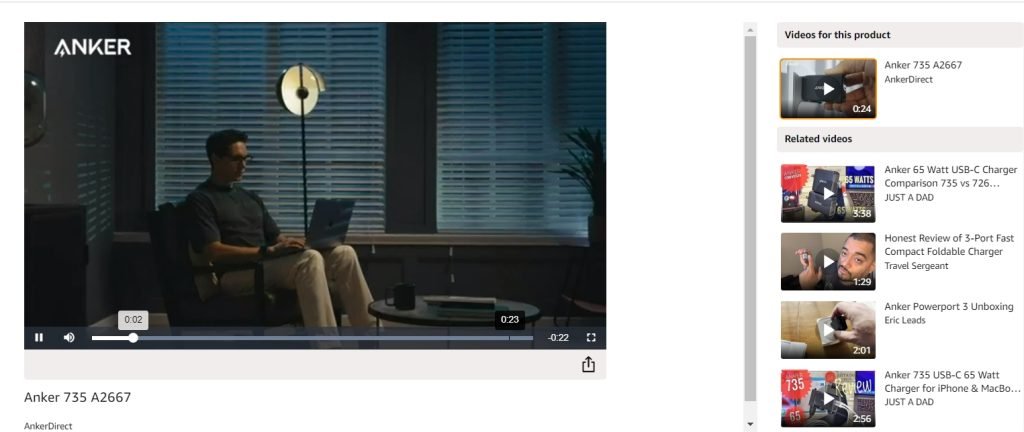
- Clarify product dimensions in images
Building on the previous points, make sure the dimensions of the product are absolutely clear. At a minimum, you should declare the size in the product description or five-point description, but also make sure it is clearly visible in the image.
One way to do this is to display the product next to a standard-sized object, such as a hand or a pencil, so people can immediately understand its size.
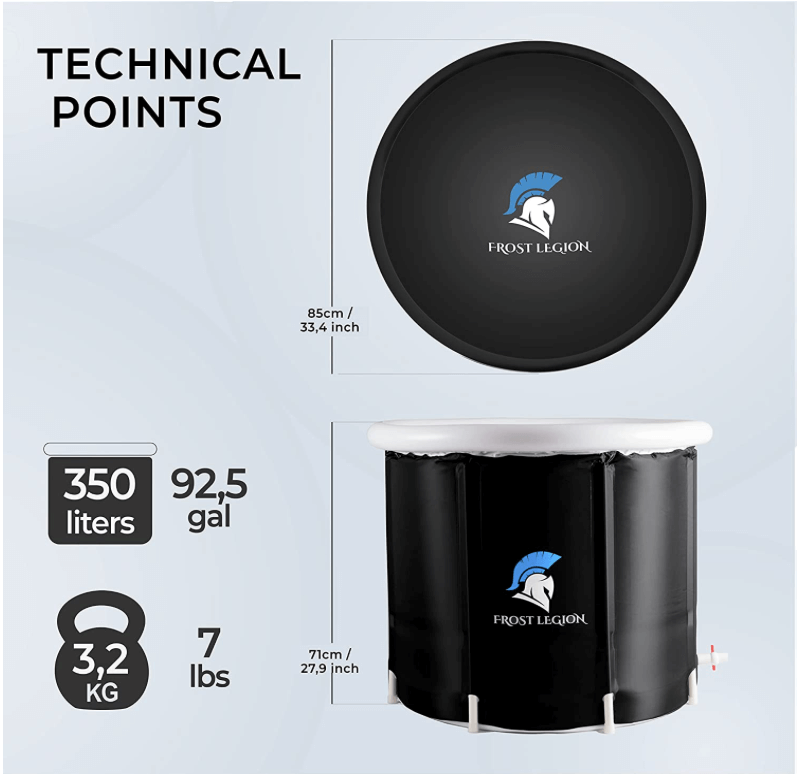
It’s important to use precise measurements in your listings, but it may still be difficult for customers to imagine exactly what the measurements mean. Visual aids may be more useful, especially for time-pressed buyers
- Includes size guide
If you sell a range of similar products but in different sizes, create a sizing guide that illustrates the differences and combinations between them, especially in the clothing category. Make it clear and easy to understand so buyers can immediately determine the correct size they need.
Providing accurate measurements helps set expectations, so list all relevant sizes. The more detailed information you provide, the better.
- Get more reviews
On Amazon, customer feedback is always important to gain more exposure in search results and convince shoppers to become customers. Customer reviews also play a role when it comes to returns. With reviews, your customers are building word of mouth, and positive reviews are a powerful sales tool.
Many Amazon shoppers read reviews left by previous customers, which can clarify details that may not be clear enough in the product description. Reviewers may talk about how they use the product, how it helped them, and what they can and shouldn’t expect from the product.
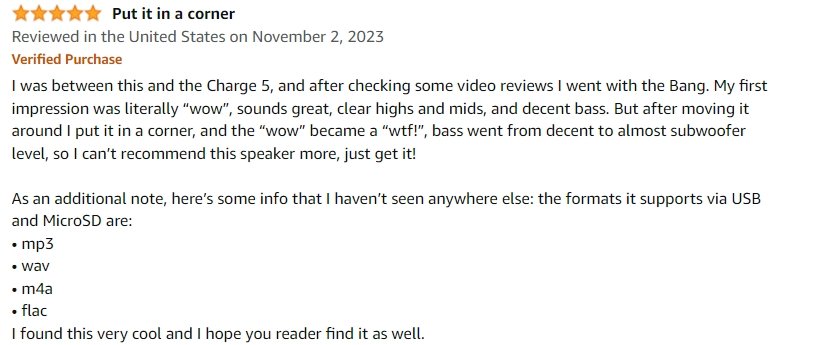
You can’t control what reviewers say, but the more positive reviews you get, the more likely your customers will be to leave detailed reviews clarifying information about the product.
- Ensure products arrive in good condition
There is nothing worse than a buyer returning a product because it was damaged in shipping or is in poor condition. Not only is this detrimental to your reputation as an Amazon seller, it can also cost you money and lead to negative reviews, which in turn affects sales. Therefore, do everything possible to ensure that the product the buyer receives is in perfect condition. This may be easier for certain product types.
Depending on the type of product you sell, you must take necessary precautions. For example, if you sell fragile items, make sure it’s packaged discreetly to prevent damage during shipping.
You may need to invest in better packaging, which will be additional cost. But if it means your product arrives intact and free of defects, that can make a big difference.
Make sure the colors and materials you use reflect your brand image, show that you are committed to delivering a high-quality product and do everything possible to ensure it is delivered in good condition.
This is an avoidable problem and you can take direct action to improve the customer shopping experience and reduce the number of returns you need to handle.
- Use repricing tools
Some buyers may return a product simply because they found it cheaper from another seller. This can be troublesome for you, with repricing tools you can adjust the cost of your product to make it more competitive based on the behavior of other sellers or buyer demand. Therefore, you can help make your products more competitively priced, reducing the chance of buyers finding cheaper products after purchase. The best thing is, this all happens automatically, so you don’t have to manually constantly adjust your prices.
- Improve customer service
Another way to reduce Amazon return rates is to improve your customer service levels. If you’re looking to improve your brand’s reputation, improving customer service is a big deal. If you answer questions quickly, handle complaints professionally, and provide helpful service, your customers will trust you more.
If a buyer purchases your product and then has a question or complaint, use Buyer Seller Messaging to get them answers quickly. You may find that you can defuse the situation and reduce the chance of them returning an item or leaving a negative review.
- Analyze data for clues
You should also check your data to understand why returns are occurring. Appropriate steps can then be taken to reduce returns. Find out which products are returned most often. What are the main reasons why products are returned? Are products returned more at certain times of the year?
Think of every return as a way to get more information. Sometimes, you may not be able to do anything as some buyers may return items for no apparent reason.
But if there is a clear reason to take action, take action. Make product descriptions clearer, improve packaging, and improve sizing guides.
- Learn from customer reviews
Customer reviews can be a rich source of information. Try to read all the reviews and use the software to help you. This is especially important with negative reviews, understand what your customers are talking about.
A lot of customers may complain about the wrong size, which may mean you need to update your sizing guide. If several customers complain about the poor condition of the product, it could be a problem with the packaging. You need to know what customers like about your product and where they have problems so you can take steps to fix it.
To learn more about sourcing from and shipping from China, please contact XCJD Freight Forwarder. We provide a list of products with high profit margins for you to choose from, and help you select high-quality suppliers and complete full logistics services, including warehousing, transportation, customs clearance, and door-to-door delivery.
